Krakatoa (Volcano Week 3)
Friday, 17th October 2008 by James Turnbull
Krakatoa is probably the most famous, and deadly, of all volcanos worldwide.
The eruption of August 27, 1883 was so immense that it easily tops the loudest recorded noise in human history, being heard clearly over 5000 km away.
Around a trillion cubic feet of rock, pumice and ash was thrown up into the air, affecting global weather systems and even painting the sky red1.
When it erupted, two-thirds of the island which Krakatoa occupied was blown apart and caused massive tidal waves, killing thousands of people.
The remains of that original Kraktoa Island is actually 5 km to south and the island which Kraktoa now occupies was "self-built". Created from subsequent eruptions it broke the surface in 1928 and was dubbed "Anak Krakatau", or "Child of Krakatoa".
As we can see "Anak Krakatau" continues to expand, having increased in size by about 5 inches per week since the 1950s.
Read more on Wikipedia.
-
It is believed that Munch's The Scream contains an accurate depiction of the red sky over Norway following the eruption. ↩︎
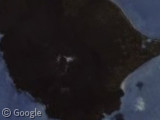
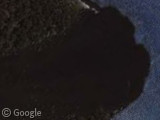
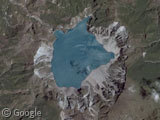
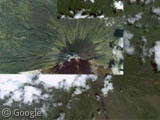
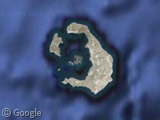
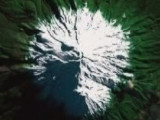
Sharing statistics
Share this site